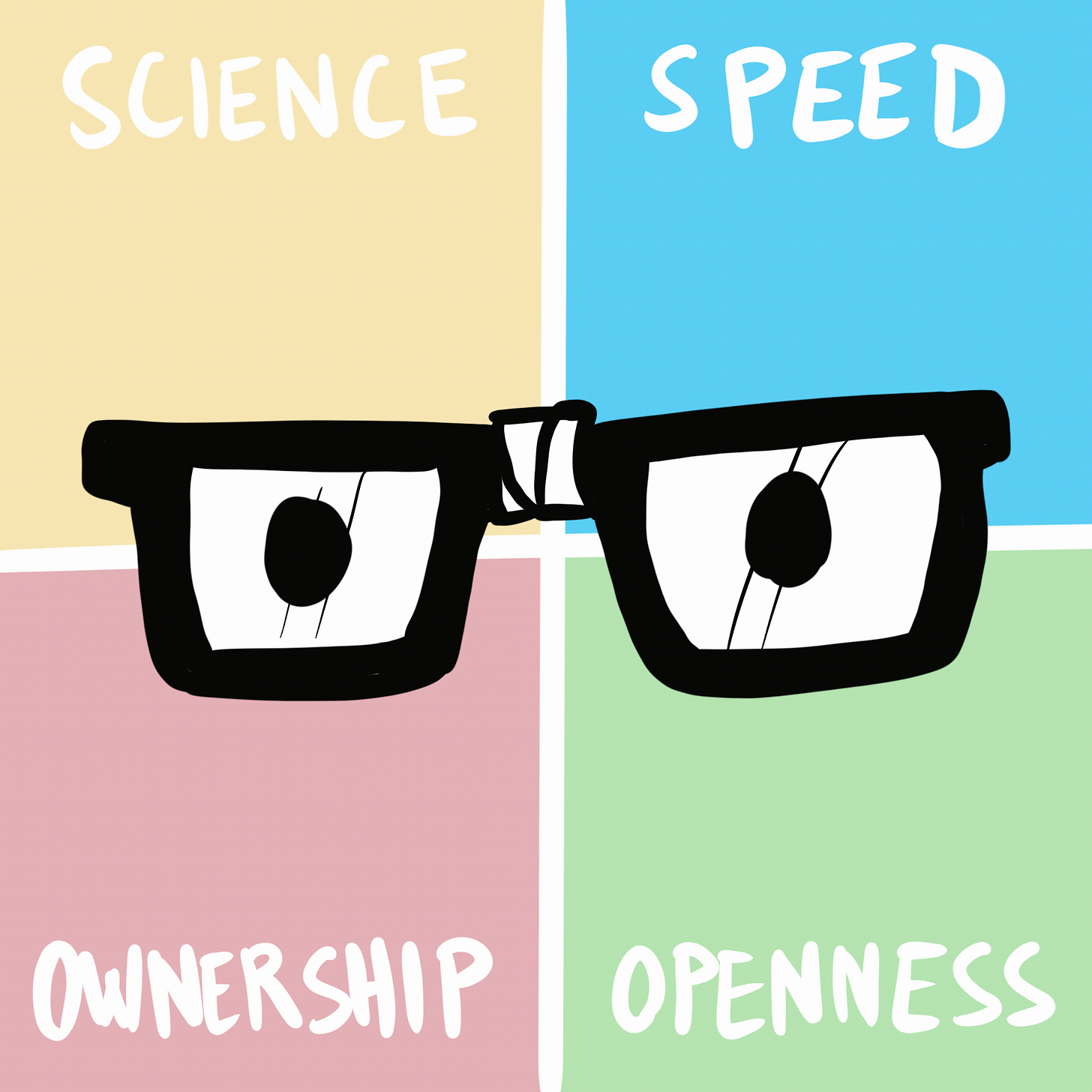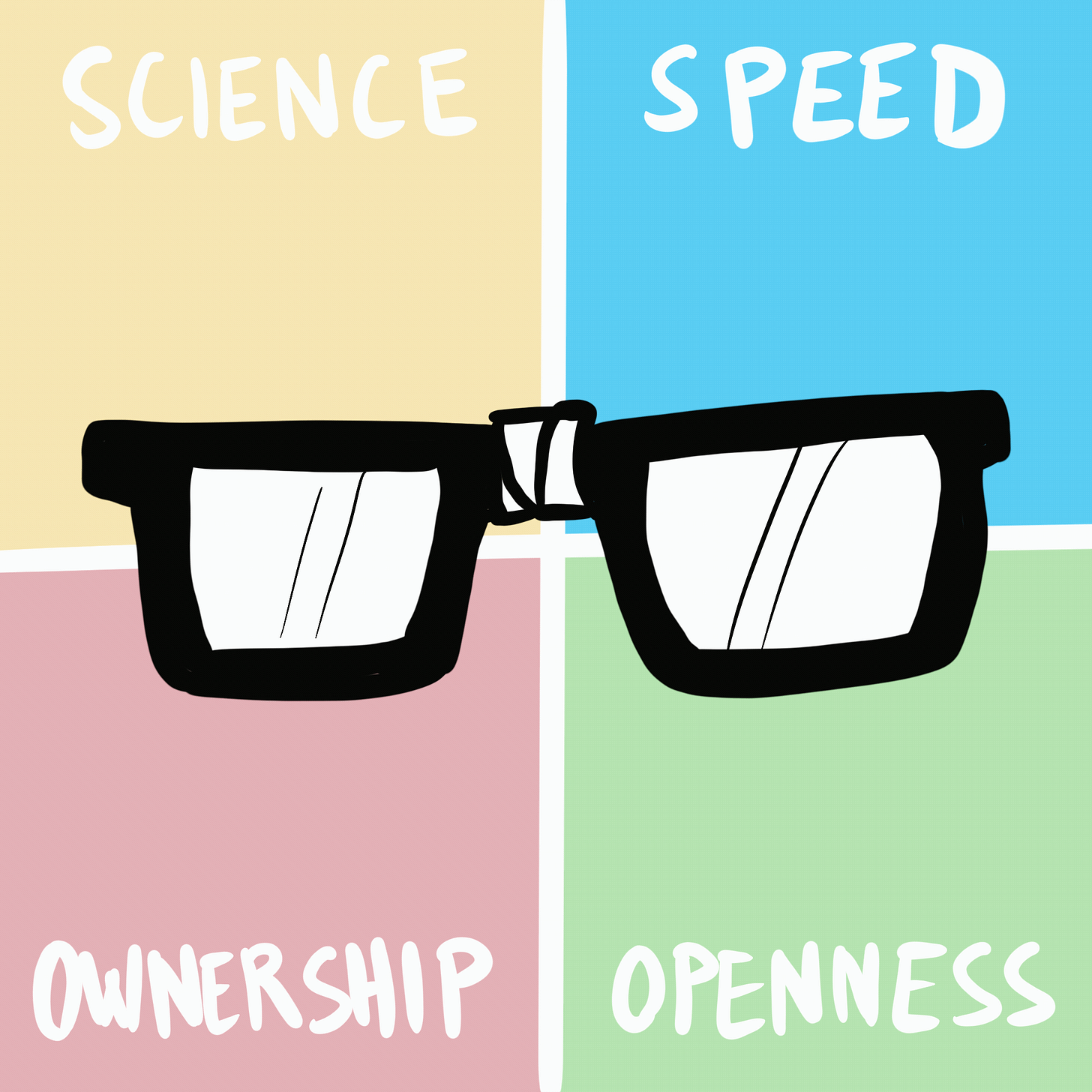THE GEEK WAY🤓📖 - Visually explained
Visual Summary of Andrew McAfee's Book on what make companies succeed
1,480 words | Around 6-minute read
Welcome back!
Today I’m sharing a visual summary of the book “The Geek way” by Andree McAfee.
To keep it manageable in one post we will stay at a high level, but if you are interested, we can do a deeper dive and present some examples of what today’s “Geek Companies” do. Let me know in the comments!
Introduction
A “Geek” is someone obsessed with a particular interest. The word “Geek” started as a derogatory term but today, Geeks are recognized for their ability to develop a deep expertise in niche topics, and their general disregard for mainstream opinion.
Andrew McAfee is a New York Time bestseller author, and a researcher focused on Business and Information Technology.
In this book, he proposes that an answer to the question: “How do modern companies achieve extraordinary results?” could be: by following “the Geek way” of running a company.
“instead of focusing on the growth of an industry called tech, my story is about the rise of a corporate culture called geek.”
The Ultimate Question
Andrew suggests that if we want to understand corporate culture, we need to look at “Ultimate” questions rather than “Proximate” ones, meaning to use a longer perspective and asking the “why”.
The main “Ultimate” answer that the book suggests is that humanity’s crucial feature - the reason why we do what we do - is our social nature and group dynamics, he argues that more than “sapiens” we are “ultrasocialis”.
Our ability to be social in large group could also explain why the culture a company builds is so important.
Being ultrasocial will lead to social status seeking behaviors and amplify the fear of being ostracized.
As an example, one experiment described in the book shows that, how helpful seminary students where to a stranger in distress, was not influenced by what preaching subject they were assigned to, but how much time they were given.
The Norm of “being on time” was affecting them more than having to preach about helping others (The Good Samaritan story).
Norms can either encourage employees toward the company objectives or stealthily jeopardize any strategy.
According to Andrew, the Business Geeks have found ways to establish the right norms for success: Science, Ownership, Speed and Openness.
1. SCIENCE
The first norm is Science.
In corporate settings it is common to follow the “Hippo” (Highest Paid Person Opinion), the Experts or our own Over-Confident self. This is our Homo Ultrasocialis in action, making it hard to go against the social order of the group.
In geek companies, decisions are data-driven - people are expected to validate their hypothesis through experiments. Argumentation are done not based on seniority or Hierarchy but on the result of the experimentations.
An example of this scientific approach is A/B testing, where a company runs multiple versions of a page or product in parallel to see which version produces more of the desired interaction (e.g. pressing the buy button).
Here are some advice from the book on the Geek way of Science:
Test everything, big or small
When selecting between 2 options, design experiments that would prove only one to be true (Michael Strevens Iron Rule)
“When a measure becomes a target, it ceases to be a good measure” (Goodhart Law)
Don’t tie a metric to a reward or to assess performance (that usually backfires)
People need to be comfortable arguing with higher ups (psychological safety)
The First Geek Rule:
Conduct evidence-based arguments so that the group makes better decisions and predictions, and estimates.
2. OWNERSHIP
The second Geek norm is Ownership.
As companies grow, they tend to become unnecessarily bureaucratic. According to Andrew this is the result of subtle power-seeking behaviors:
“They will invent work so that they can be a part of it. They’ll want to participate in more and more activity over time. They will strive to be consulted on lots of decisions, and if possible have veto power over them.”
Bureaucracy and political games not only make employees miserable, but they also create misalignment between a company goals and its actual activities.
The Geek way might be surprising:
“they stop a lot of the coordination, collaboration, and communication”
Instead of collaboration they strive for “clear and sole ownership”, the larger the effort the more autonomy is needed! Of course, this approach has some weaknesses:
People can abuse the system (as no approvals are required)
The system can become chaotic
Business Geeks attend to those by:
🔎Making the process observable, if everyone will see your bad behaviors, you will try to avoid them.
🎯Aligning the teams with the company goals (e.g with OKR - Objective Key Results - telling people what the goal is but not how to achieve it)
The Second Geek Rule:
Reduce bureaucracy, take away opportunities to gain status that aren’t aligned with the goals and values of the company.
3. SPEED
The third Geek norm is Speed.
Early in the book, Andrew McAfee introduced the idea of everyone having in their head a personal Press Secretary, its role being to keep us confident, deny and find reasonable explanations for any of our shortcomings.
Our Overconfident Press Secretary plays a role in a common issue faced by companies: The planning fallacy.
“The average time to develop a product is 225 percent of the projected time, with a standard deviation of 85 percent. We can tell you how long it will take, plus or minus a project.” - a Manager
Another aspect is the so called “90 percent syndrome” - Projects appear on time right up until the 90 percent threshold, after that point it is hard to hide the delays and Project Managers start to hear about the reality of the situation.
Those issues can survive due to the lack of observability mentioned earlier and what the author calls “plausible deniability” or how easy it is for your press secretary to come up with an excuse.
So how do Geeks manage to get things done faster ?
“The key is to make projects modular - to break them up into small chunks that create value, that can be objectively assessed, that are visible to everyone, and can be pieced together to create the final product.”
The Agile Manifesto present one way to achieve that, the focus is on iterating quickly (every few weeks), delivering constantly to the client small increment of working product and responding to their feedback. When the delivery is checked by the client so often plausible deniability goes away.
Agile also encourages us to have a visible display of the work (e.g. using Kanban boards) giving the process the observability it needs.
The Business Geeks embrace the concept of “Move Fast and Fix Things” accepting failure as a necessary ingredient for learning faster than their competition.
The Third Geek Rule:
To accelerate learning and progress, plan less and iterate more; organize projects around short cycles in which participants show their work, have access to peers and models, deliver to customers, and get feedback.
OPENNESS
The last norm of Geeks is Openness.
In this chapter, Andrew present Chris Argyris’ research on industrial companies’ norms that he calls “Model 1”:
Be in unilateral control of others (close to → Don’t give other much freedom)
Strive to win and minimize losing (close to → Don’t ever admit you are wrong)
Suppress negative feelings (close to → Shut down disagreements and debate)
This model easily leads to the problem mentioned previously (not following evidence, bureaucracy, chronic delays etc..)
Geeks companies promote the opposite culture. People see "disagreeing with the boss” as part of their responsibilities.
Openness is a kind of “self-correcting mechanism” which allows a culture to resist the attempts to hijack it using taboos.
“The most serious problem facing any organization is the one that cannot be discussed” - Mark Andreessen
Mutual knowledge is what everybody knows,
Common Knowledge is what everybody knows everybody knows.
Geek Companies encourage a culture of Openness, making common knowledge visible thus ensuring people confront realities they would rather avoid.
When things are out on the open, and there is no fear of failure, people can finally take risk and give the critical feedback needed for the growth of the organization.
The Fourth Geek Rule
Welcome challenges to the status quo and increase common knowledge in order to combat defensiveness and undiscussable topics
Conclusion
Industrial corporate style of “command and control” is being disrupted by a new style of companies that embrace “The Geek way” of following evidence, quick iteration, radical ownership and a culture of open debate. If you are not in one of them, be wary 😉.
Do you see the four rules applied in your company ?
If you would like to see examples of companies “acting geek” let me know in the comments and we can spend another post on it.
In the meantime you can read a similar book summary below:
📖 Leadership is Language in 50 drawings
Hello & happy holidays for those of you who are in between Christmas and the end of the year celebration!
















It would be fascinating to hear about examples - i can imagine this approach can be highly effective but also create cultural and leadership challenges.
I love this concept of the geek strategy. I would personally be interested in reading about companies using this Lud.